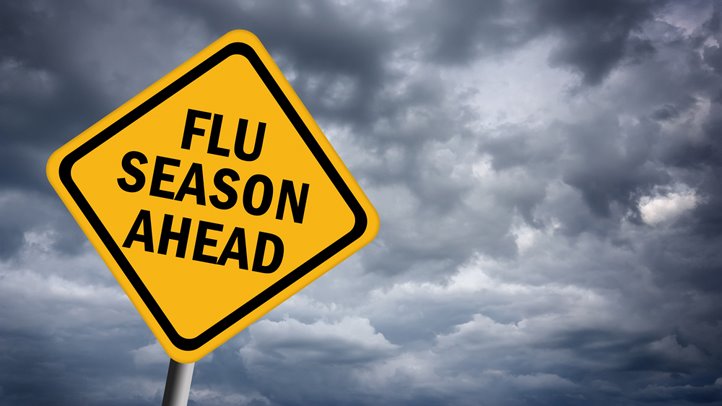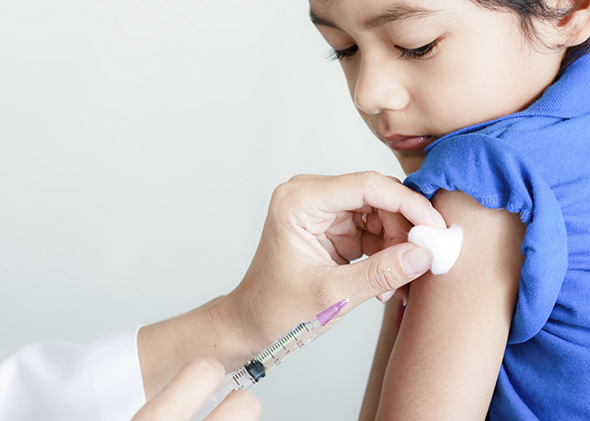
AAP issues Flu vaccine recommendations for 2018

The new flu shot is now available. I know some of my brother Knights don’t get an annual flu shot for various reasons. I won’t try to debate anyone’s reason for not getting the flu shot except ……….
As of Aug. 18, 2018, a total of 179 children died of influenza-associated deaths, and thousands more were hospitalized. About 80% of the children who died had not received a flu vaccination, according to the CDC.

The 2017-2018 flu became one of the most severe seasons on record, excluding pandemics, according to the U.S. Centers for Disease Control and Prevention.
The annual flu vaccine significantly reduces a child’s risk of severe influenza and death, according to the AAP policy statement, “Recommendations for Prevention and Control of Influenza in Children, 2018-2019,” published in the October 2018 Pediatrics.
” I see too often how quickly the flu spreads,” said Wendy Sue Swanson, MD, MBA, FAAP, a pediatrician in Seattle and an AAP spokesperson.
“Unfortunately, you can spread influenza without realizing it because some infected people begin to spread the virus a day or two before they have symptoms. Get the shot. It just makes sense.”
The AAP recommends the injectable flu vaccine as the primary choice for children because it has provided the most consistent protection against all strains of the flu virus in recent years.
Prevent the Spread
Follow these tips to help prevent the spread of flu. When appropriate, teach children these tips as well.
- Get vaccinated for seasonal flu in September or whenever the vaccine becomes available. The Centers for Disease Control and Prevention (CDC) recommends a flu vaccine for everyone 6 months and older.
- Whenever possible, stay away from people who are sick.
- Cover your mouth and nose with a tissue when sneezing or coughing, and then throw it away. If you don’t have a tissue, cough or sneeze into your sleeve.
- Wash hands regularly with soap and water, especially after coughing or sneezing. You can also use an alcohol-based hand rub.
- Using a household disinfectant, regularly wipe down surfaces you touch often – doorknobs, counters, telephones, and remotes, for example.
- If you get sick, stay home for at least 24 hours after your fever or signs of fever end.
- Know your company’s policy for sick days, and make sure you have a bank of days you can depend upon. Also have a backup plan for childcare.
- If you can, keep the sick person in a separate room. Have games, coloring books, or movies on hand for entertainment in the sick ward!
CDC: Preparing for the Flu.
WebMD: Cold and Flu on the Rise? How to Prepare.

